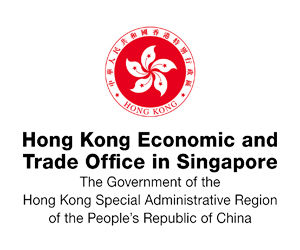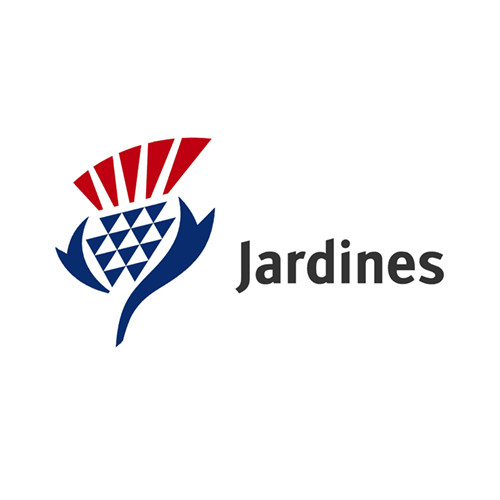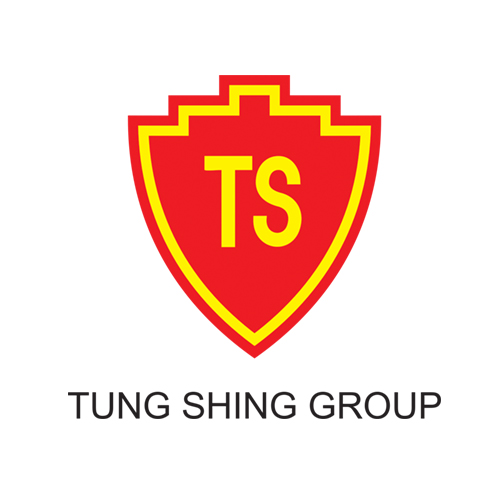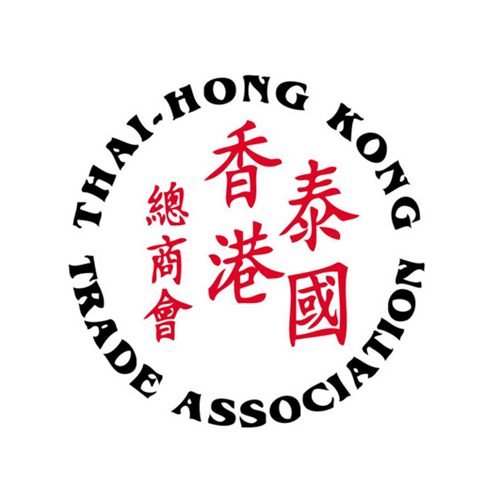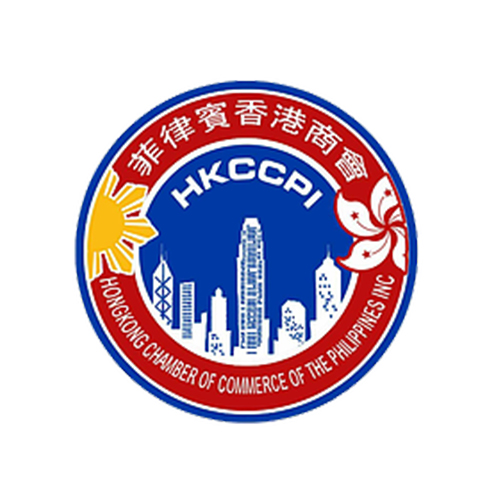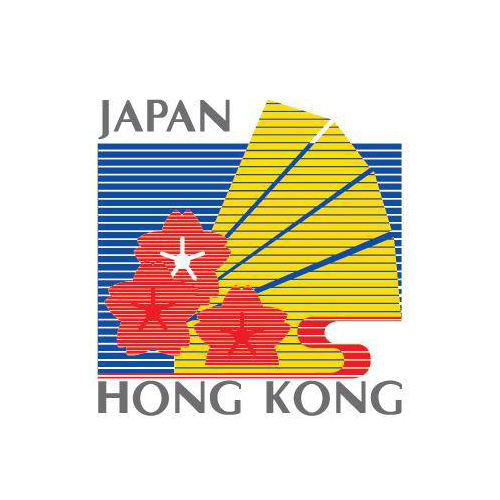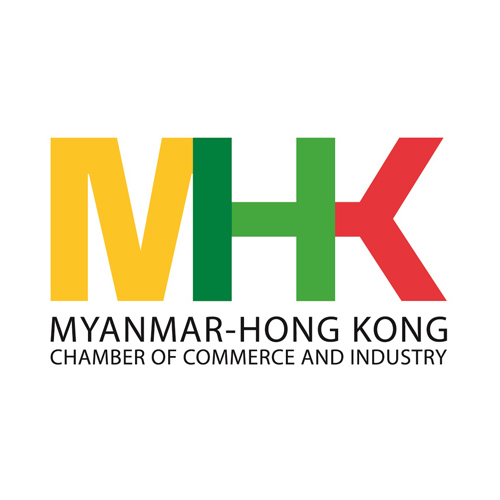Want to be in the loop?
subscribe to
our notification
Business News
TEXTILE AND GARMENT SECTOR STANDS TO BENEFIT FROM EVFTA
The EU-Vietnam Free Trade Agreement will offer direct opportunities to Vietnam to upgrade its textile and garment sector. EU-MUTRAP team leader Claudio Dordi said that thanks to the EU-Vietnam Free Trade Agreement (EVFTA) expected to be signed next year, there will be ample opportunities to upgrade the value chain for the textile and garment sector as the EVFTA will provide tariff preferences to Vietnamese exporters to the EU.
Only “EVFTA originating” products will benefit from preferential tariffs for a maximum of seven years after entry into force.
To be “EVFTA originating,” EVFTA requires textile and garment producers to carry out two production stages in an EVFTA country: Vietnamese producers can upgrade their value chain, adding the “weaving or knitting” stage to the existing “cutting and sewing.”
At present, this operation is particularly challenging, as it requires financial resources and high-skilled workers to manage the high-technology machinery.
“However, for a maximum of seven years, the present 12 per cent duty on textile and garment imports from Vietnam will be removed and, taking into consideration the better legal environment for investment (indirect EVFTA opportunities), we may expect that the EU or other countries’ investors will provide the necessary technology (machinery) to support the upgrading of the garment value chain,” said Dordi, who is also professor of the International Trade Law of Italy’s Bocconi University.
“Investors from other countries may wish to relocate sufficient stages of textile and garment manufacturing to Vietnam to benefit from market access offered by the EVFTA,” Dordi said.
A number of domestic textile and garment firms like Thanh Cong Textile Garment Investment Trading Company and Phuong Anh JSC may benefit from the EVFTA as they have close production chains, from fibre, cloth, yarn, and buttons to finished products.
“We are expecting to benefit from the EVFTA. It is expected that our company’s garment exports to the EU markets will annually increase by 25-30 per cent, thanks to tariff slashes,” said Nguyen Duc Anh, head of Phuong Anh JSC’s Marketing Division producing garments and footwear products.
All materials are sourced from the company’s subsidiaries.
However, many textile and garment firms in Vietnam said they might not be able to enjoy the benefits of the EVFTA.
Nguyen Thanh Thuy, deputy general director of a Singaporean-Vietnamese garment and textile joint venture in Hanoi, told VIR that her company would not be able to benefit from tariff slashes under the EVFTA, though it is exporting products to several European nations.
“It is because the company imports almost all of its materials from Hong Kong, not from EVFTA members,” Thuy said.
Do Thi Nhung, representative from a South Korean garment firm in the southern province of Binh Duong, also told VIR that her firm imports materials from China, Taiwan, and Hong Kong, and products are exported to the US.
This means that this firm will not be able to enjoy tariff incentives under the EVFTA, Nhung said.
According to Dordi, the textile and garment sectors actually show huge differences between each other. Textiles are more capital-intensive, relying on technology and requiring highly skilled workers. It adds higher-value than the garment sector, which is labour-intensive and mainly reliant on low skilled workers.
Vietnam, rich in labour and limited in available capital, is deeply engaged in the low-end of garment manufacturing activities (the “cut and sew” stage of production).
EU-MUTRAP is a project aiming to support the Ministry of Industry and Trade in facilitating sustainable international trade and investment through improving policy making capacity, policy consultation, and the negotiation and implementation of related commitments, particularly vis-à-vis the EU.
Source: VIR
Related News
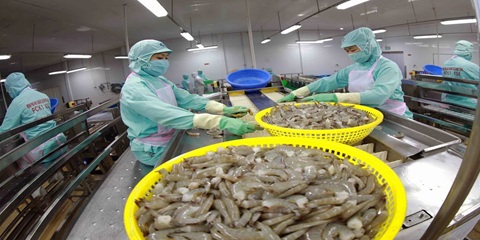
VIETNAM’S SEAFOOD EXPORTS HIT OVER US$10 BILLION IN JAN-NOV
Seafood export revenue in November alone amounted to nearly US$990 million, up 6.6% year-on-year. Key product groups posted solid gains. Shrimp exports rose 11.7% to over US$385 million, supported by strong demand for whiteleg shrimp and lobster. Tra fish shipments increased 9.7% to almost US$197 million, while marine fish, squid, and mollusk exports maintained their recovery.
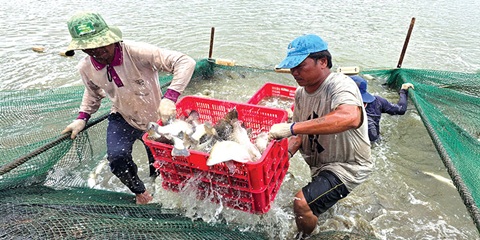
VIETNAM’S AGRO-FORESTRY-FISHERY EXPORTS HIT NEW RECORD IN JAN-NOV
Vietnam’s agro-forestry-fishery export revenue reached an estimated US$64.01 billion in the first 11 months of 2025, up 12.6% year-on-year and surpassing the full-year record of US$62.4 billion set in 2024. Agricultural exports reached US$34.24 billion, up 15% year-on-year, while livestock products brought in US$567.4 million, a 16.8% increase. Seafood exports rose 13.2% to US$10.38 billion, and forestry products earned US$16.61 billion, up 5.9%.

HANOI REPORTS RECORD-HIGH BUDGET REVENUE IN 2025
Hanoi’s budget revenue is estimated to reach VND641.7 trillion in 2025, the highest level ever recorded and nearly 25% above the revised target, according to a report by the municipal government. Data from the city’s socioeconomic performance review shows that total state budget collections in 2025 are projected to reach 124.9% of the adjusted plan and rise 24.9% from 2024, the Vietnam News Agency reported.
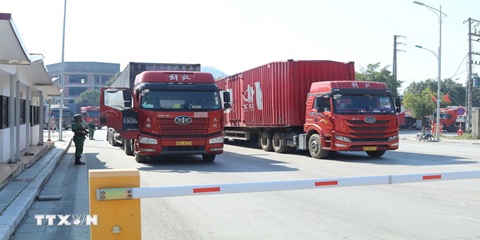
VIETNAM, CHINA TO PILOT TWO-WAY CARGO TRANSPORT AT LANG SON BORDER
Vietnam and China will launch a one-year pilot program on December 10 to allow two-way cargo transport through the Huu Nghi–Youyi Guan international border gates in Lang Son Province, reported the Vietnam News Agency. The Dong Dang-Lang Son Economic Zone Management Board said the trial aims to reduce transport costs and improve customs clearance capacity.
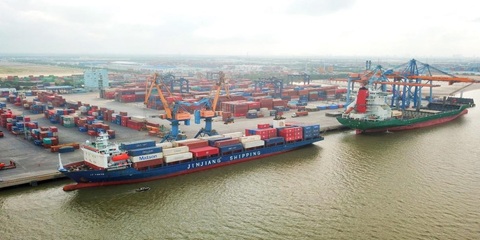
VIETNAM’S IMPORT-EXPORT VALUE NEARS US$840 BILLION IN JAN-NOV
The total value of Vietnam’s imports and exports was nearly US$840 billion between January and November this year, the highest level ever recorded, according to the National Statistics Office. In its latest report on the country’s socio-economic performance, the National Statistics Office highlighted a series of positive economic indicators, with trade emerging as one of the strongest drivers of growth.

OVER 19 MILLION INTERNATIONAL VISITORS COME TO VIETNAM IN JAN-NOV
Vietnam received more than 19.1 million international visitors in the first 11 months of 2025, a 20.9% increase year-on-year and the highest level ever recorded, according to the National Statistics Office. The figure surpasses the full-year record of 18 million arrivals set in 2019, before the Covid-19 pandemic. Nearly two million foreign visitors arrived in November alone, up 14.2% from October and 15.6% from the same period last year.
